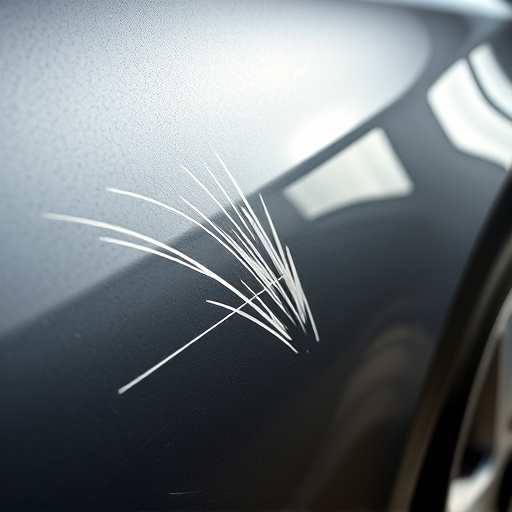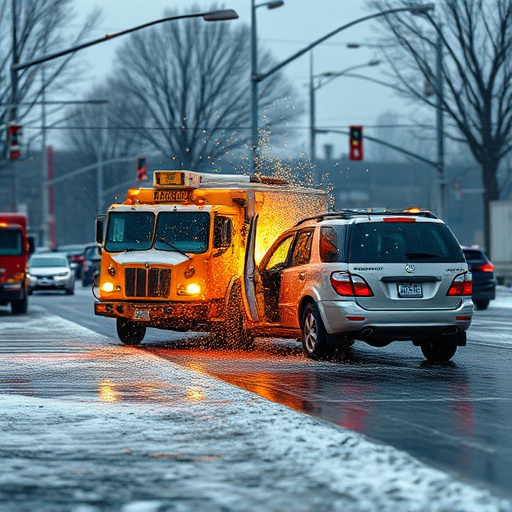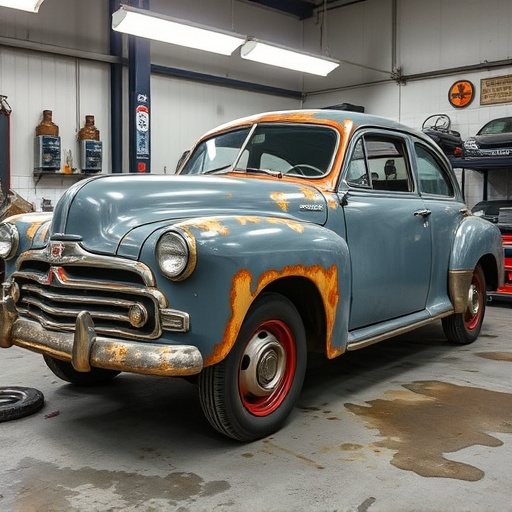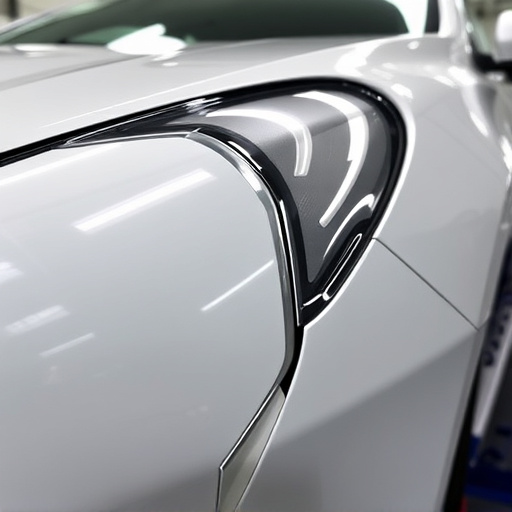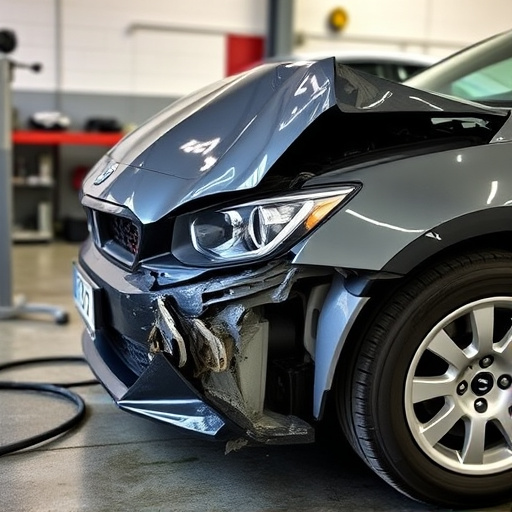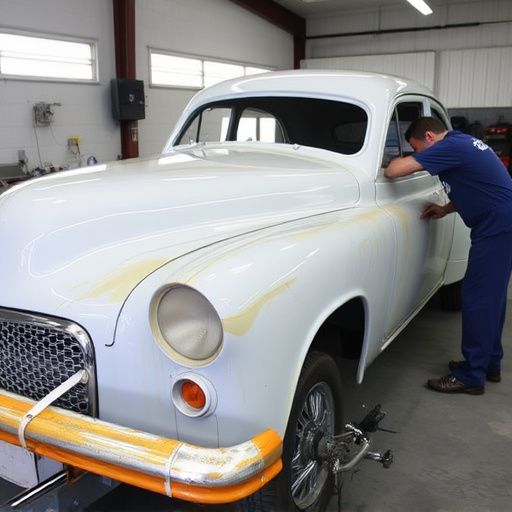Fog light repair service requires precise documentation and expertise. Bodywork inspection, debris removal, unit disassembly, custom parts fitting, and rigorous testing ensure seamless operation for enhanced road safety without compromising vehicle performance. Detailed records track each step, aiding in problem diagnosis, communication, building reputation, and providing customers with visible improvements. Meticulous documentation ensures consistent quality, aids troubleshooting, adapts to best practices, facilitates knowledge transfer, and guarantees every vehicle receives top-tier care comparable to autobody repairs.
In the realm of automotive care, efficient documentation is key to delivering top-notch fog light repair services. This article explores the intricate process, highlighting critical steps from diagnosis to installation. We delve into the pivotal role documentation plays in maintaining quality and consistency. Effective record-keeping not only ensures precision but also facilitates future referrals and troubleshooting, making it an indispensable tool for any reputable fog light repair service provider.
- Understanding Fog Light Repair Processual Steps
- Documentation's Role in Ensuring Quality Service
- Effective Record-Keeping for Future Referrals and Troubleshooting
Understanding Fog Light Repair Processual Steps

The process of repairing fog lights involves several meticulous steps that demand precision and expertise. It starts with a thorough inspection of the vehicle’s bodywork to identify any damage or wear around the fog light housing. This initial assessment is crucial as it determines the extent of repair needed, whether it’s a simple replacement of a burned-out bulb or more complex work on the housing itself. Once the issue is diagnosed, the car repair shop will proceed with disassembling the fog light unit, carefully removing any debris or cracks that may have contributed to the failure.
The heart of the fog light repair service lies in replacing the faulty component while ensuring proper alignment and sealing to prevent water intrusion. In many cases, especially with luxury vehicle repair, custom-fitted parts are used to maintain the aesthetic integrity of the vehicle’s bodywork. After installation, rigorous testing is conducted to guarantee the fog lights operate seamlessly, enhancing road safety without compromising the car’s overall performance.
Documentation's Role in Ensuring Quality Service

Documentation plays a pivotal role in maintaining the quality of fog light repair services provided by any automotive body shop. It acts as a bridge between the initial assessment and the final restoration, ensuring that every step of the repair process is accurately tracked and verified. When a vehicle arrives at the hail damage repair or vehicle body shop with fog lights that are clouded, cracked, or otherwise damaged, meticulous documentation helps in diagnosing the problem accurately. This includes recording detailed observations about the extent of the damage, which parts require replacement, and any specialized techniques or materials needed for the repair.
Effective documentation also facilitates communication between technicians, ensuring a seamless workflow throughout the fog light repair service. It serves as a reference point when comparing before-and-after results, enabling customers to witness the transformation of their vehicle’s lighting system. Moreover, detailed records are invaluable in establishing a track record of successful repairs, which can enhance the reputation of the automotive body shop among its clientele. This is particularly significant in a competitive market where quality and consistency set apart top-tier service providers from their peers.
Effective Record-Keeping for Future Referrals and Troubleshooting

Effective record-keeping is a vital component of any successful fog light repair service. By meticulously documenting each step of the repair process, including parts used, time taken, and specific techniques employed, technicians create a valuable resource for both current and future projects. This detailed documentation not only ensures consistency in service quality but also serves as a powerful tool for troubleshooting. When a client returns with a similar issue or a new vehicle requiring different repairs—such as vehicle dent repair or vehicle paint repair—having comprehensive records enables the team to quickly reference previous cases, compare solutions, and offer efficient, effective remedies.
This methodical approach to record-keeping fosters a culture of continuous improvement within the fog light repair service, allowing the team to stay updated with industry best practices and adapt to new technologies or methods. It also facilitates seamless handovers between technicians, ensuring that every vehicle receives the highest level of care, much like the meticulous processes involved in autobody repairs.
Proper documentation is an indispensable aspect of delivering high-quality fog light repair services. By meticulously recording each step of the repair process, technicians ensure consistency and accuracy. This not only benefits current clients but also serves as a valuable resource for future referrals and troubleshooting, enhancing the overall efficiency of the fog light repair service process. Embracing comprehensive record-keeping practices is key to maintaining exceptional service standards in the competitive market of automotive repairs.

